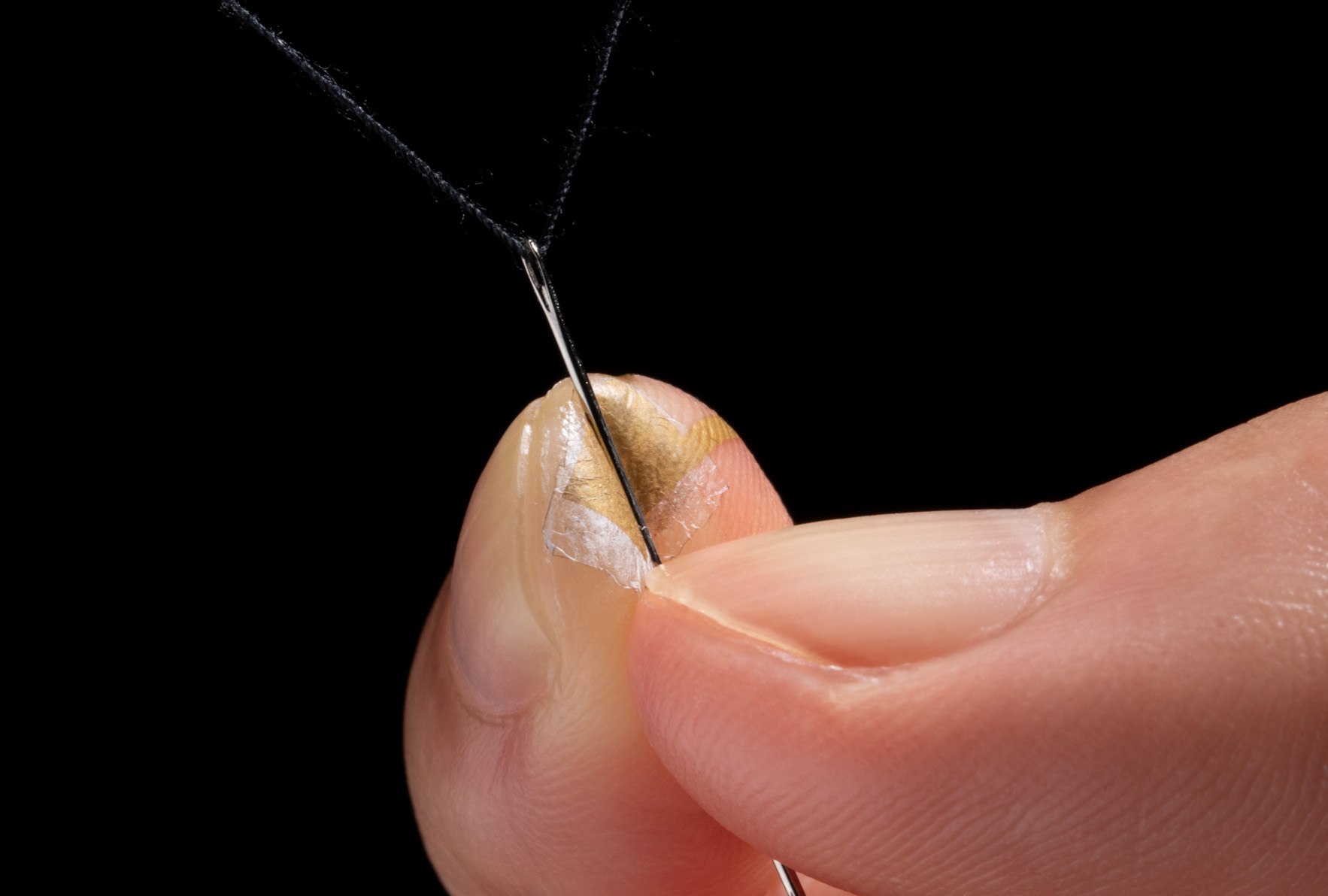A pressure sensor at your fingertips
20. 11. 2020 | University of Tokyo | www.u-tokyo.ac.jp/en
Researchers have developed an ultrathin pressure sensor that can be attached directly to the skin. It can measure how fingers interact with objects to produce useful data for medical and technological applications. The sensor has minimal effect on the users’ sensitivity and ability to grip objects, and it is resistant to disruption from rubbing.
There are many reasons why researchers wish to record motion and other physical details associated with hands and fingers. Our hands are our primary tools for directly interacting with, and manipulating, materials and our immediate environments. By recording the way in which hands perform various tasks, it could help researchers in fields such as sports and medical science, as well as neuroengineering and more. But capturing this data is not easy.

“Our fingertips are extremely sensitive, so sensitive in fact that a superthin plastic foil just a few millionths of a meter thick is enough to affect somebody's sensations,” said Lecturer Sunghoon Lee of the Someya Group at the University of Tokyo. “So a wearable sensor for your fingers has to be extremely thin. But this obviously makes it very fragile and susceptible to damage from rubbing or repeated physical actions. In order to overcome this, we created a special functional material that is thin and porous called a nanomesh sensor.”
Read more at University of Tokyo
Image Credit: University of Tokyo
-jk-




